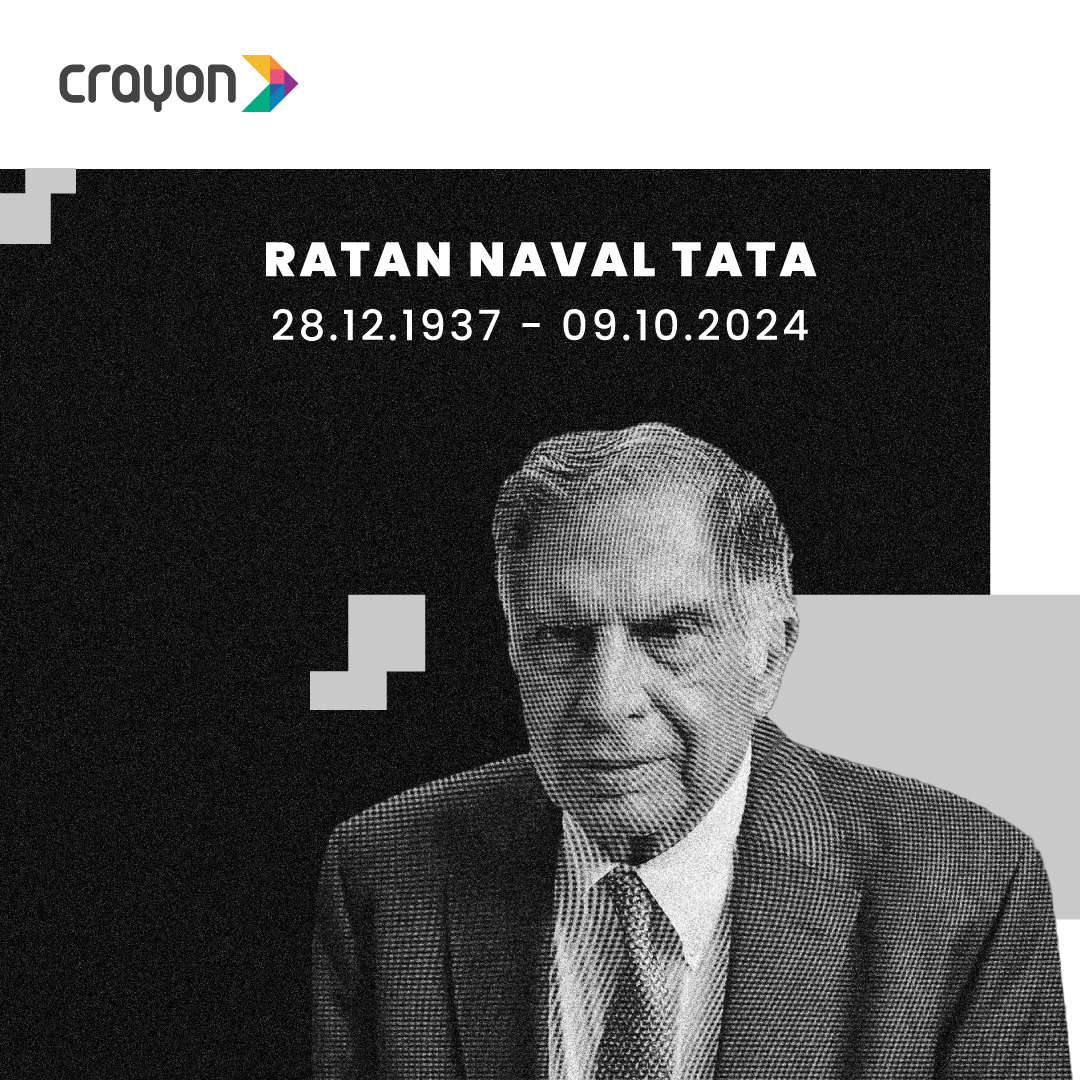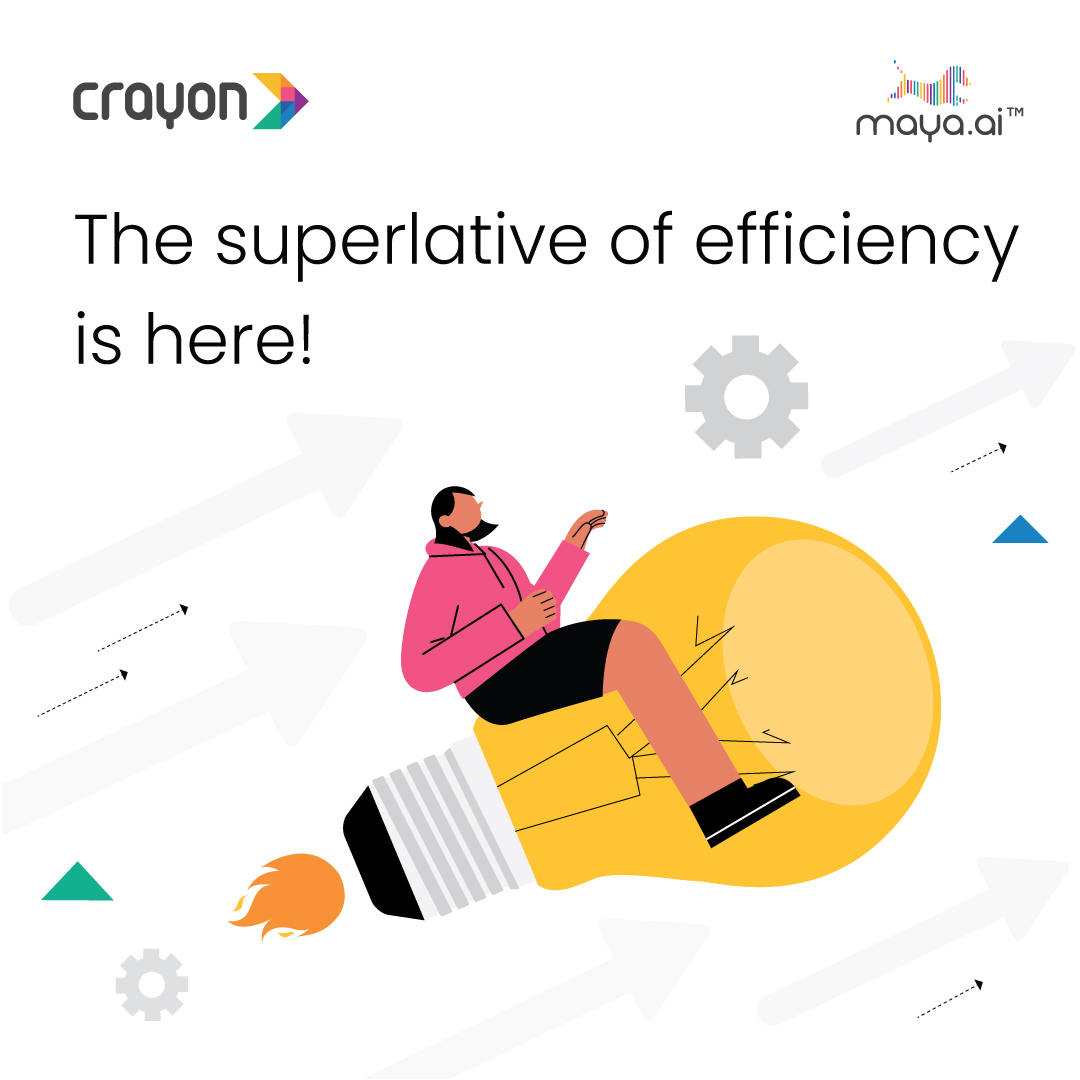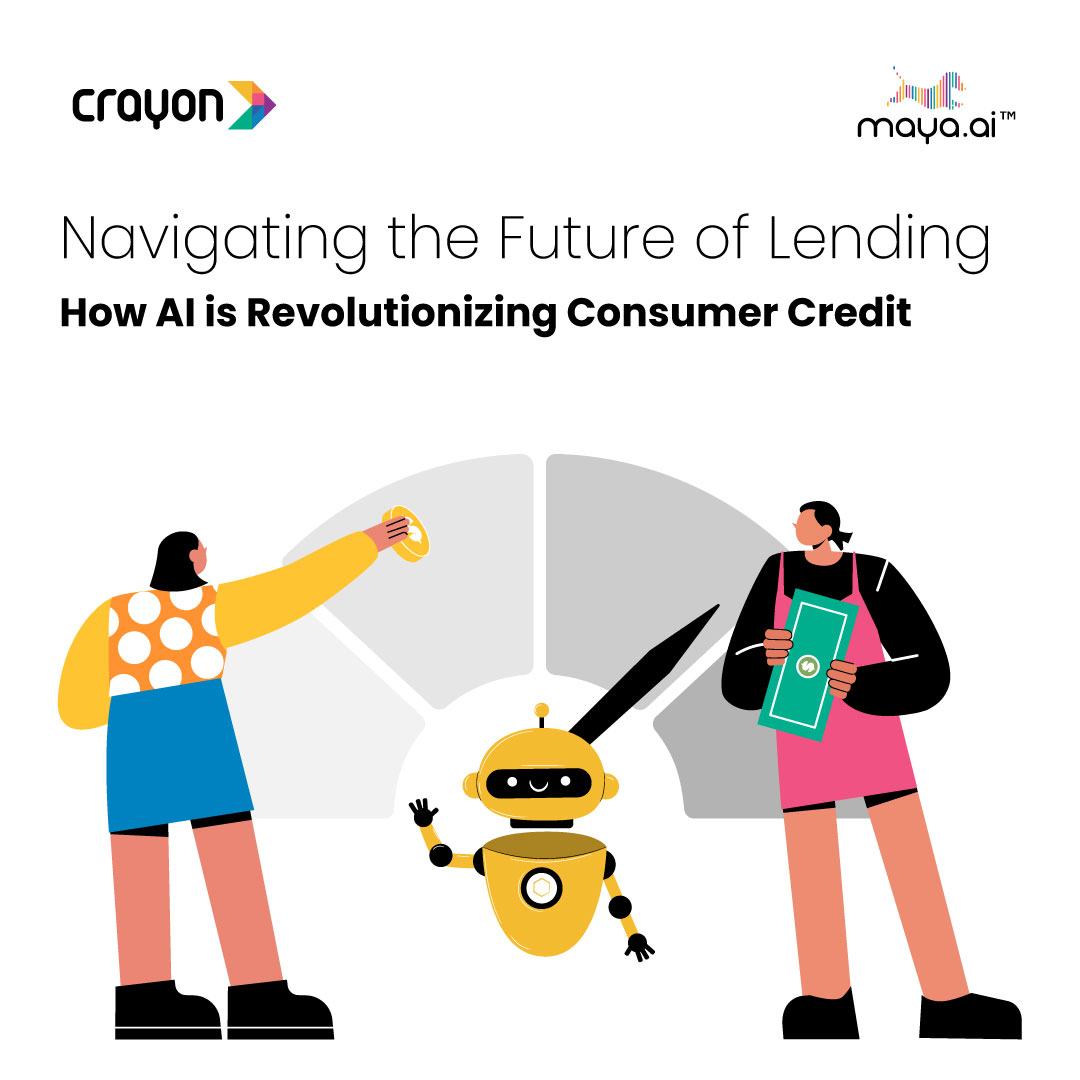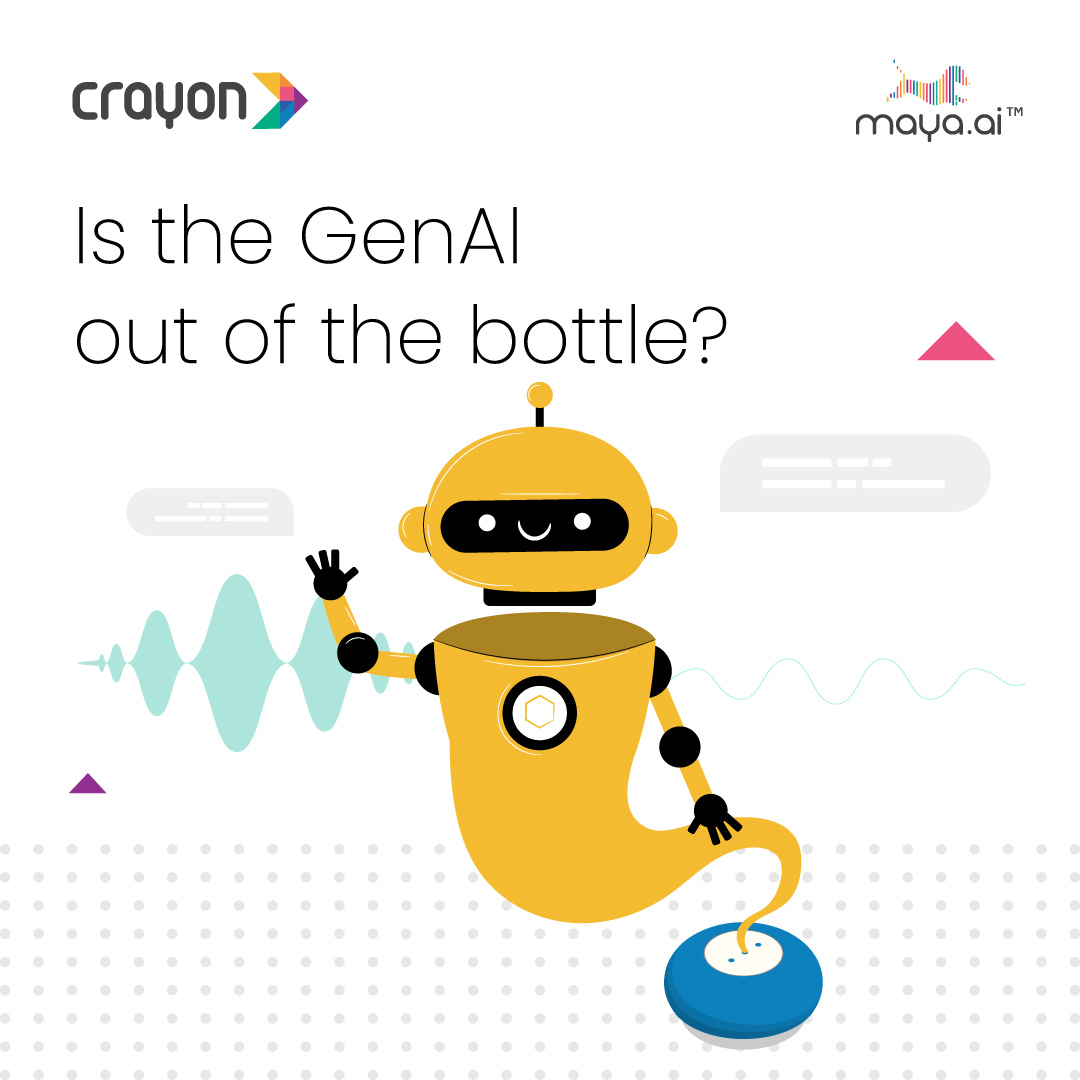Data visualization tools have made it somewhat easier to glean intelligence from a mass of information. But today’s tools are still extremely inefficient, as they fail to incorporate the science of human visual perception into their data visualization techniques. This results in tools that deliver great “eye candy” but poor human comprehension of the data.
Traditional tools also tend to visualize what we already know about the data, rather than the unknown. The ideal data visualization tool would let people find things that they don’t know, but should. Helping people find outliers, expose hidden trends or clusters, and dive deep into fast changing data sets is where visualization provides real value. But how can we go about doing so?
Perhaps the boffins at the Defense Advanced Research Projects Agency (DARPA) have the answer. We recently reported on its experiments with Oculus Rift, the virtual reality headgear recently acquired by Facebook, which are a fine example of the way VR can help us to better understand data. DARPA has modified Oculus Rift in such a way that futuristic cyberwarriors can visualize three-dimensional network simulations – in some cases with the goal of better targeting them for attack.




